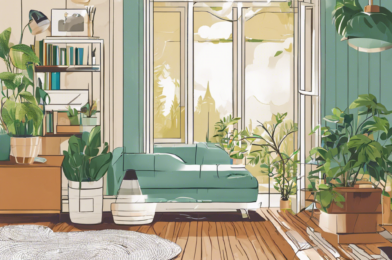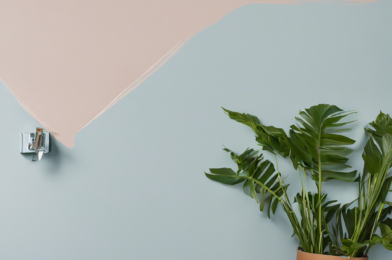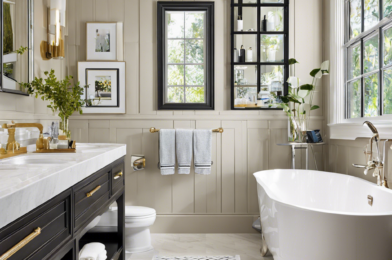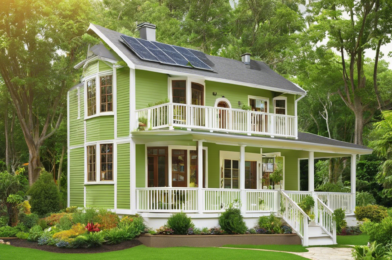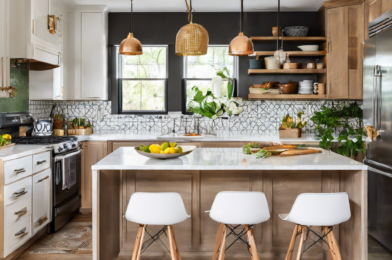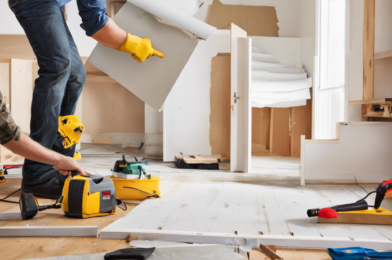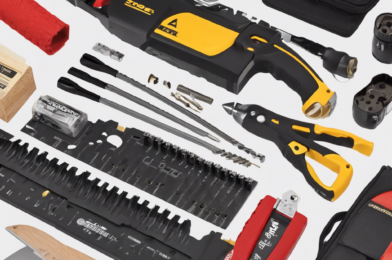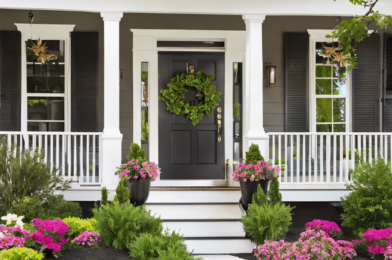The latest trend in sustainable living is upcycling—the process of transforming discarded items into something new and useful. Upcycling is a creative and eco-friendly way to reduce waste and give new life to old items. With a bit of imagination and some simple techniques, you can turn trash into trendy home decor that is unique, personalized, and kind to the planet.
So, where do you start? First, develop an eye for potential. Look beyond an item’s current state and envision its transformative possibilities. That old, worn-out shirt could become a cozy throw pillow, and those discarded wooden crates could find new purpose as a rustic bookshelf. It’s all about seeing the hidden potential and thinking outside the box.
Scour thrift stores, garage sales, and even your own attic or basement for items that could be upcycled. You’d be surprised at the abundance of raw materials just waiting to be given a new lease of life. Keep an open mind and let your creativity guide you. Upcycling is not just about recycling; it’s about creating something truly special that reflects your personal style.
Once you’ve gathered your materials, it’s time to get crafty. Upcycling techniques vary widely depending on the project, but some basic skills to have in your toolbelt include sewing, woodworking, painting, and basic repair. Don’t be intimidated – many upcycling projects are simple and perfect for beginners. There are plenty of online tutorials and inspiration to get you started.
One of the simplest ways to upcycle is to give new life to old furniture. A fresh coat of paint or some creative reupholstering can completely transform a piece. Add a personal touch with decorative knobs or unique hardware. Even better, scour the flea markets and second-hand stores for unique furniture finds that just need a little TLC.
Another easy way to upcycle is to turn old jars and bottles into stylish storage solutions or decorative vases. A bit of paint, some twine, or perhaps a coat of metallic spray paint can instantly elevate these otherwise discarded items into something special. Fill them with dried flowers or use them to organize your kitchen or bathroom – the possibilities are endless.
If you’re feeling more adventurous, try your hand at transforming old tires into an outdoor ottoman or a swing for your porch. Old suitcases can become unique end tables, and skateboards can be upcycled into funky shelves. The world of upcycling is limited only by your imagination.
Remember, upcycling is about more than just trendy home decor. It’s about reducing waste, conserving resources, and embracing a more sustainable lifestyle. So, not only will you have fun and create something unique, but you’ll also be doing your part for the planet.

